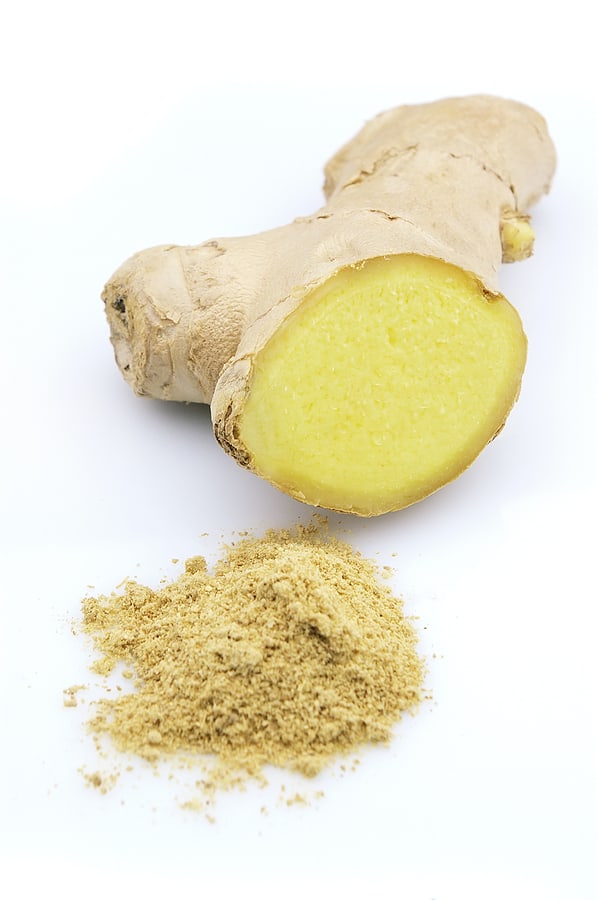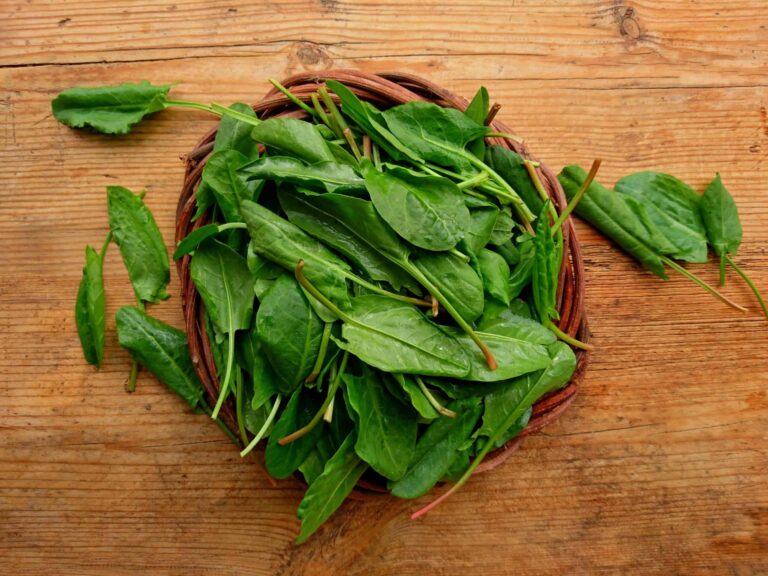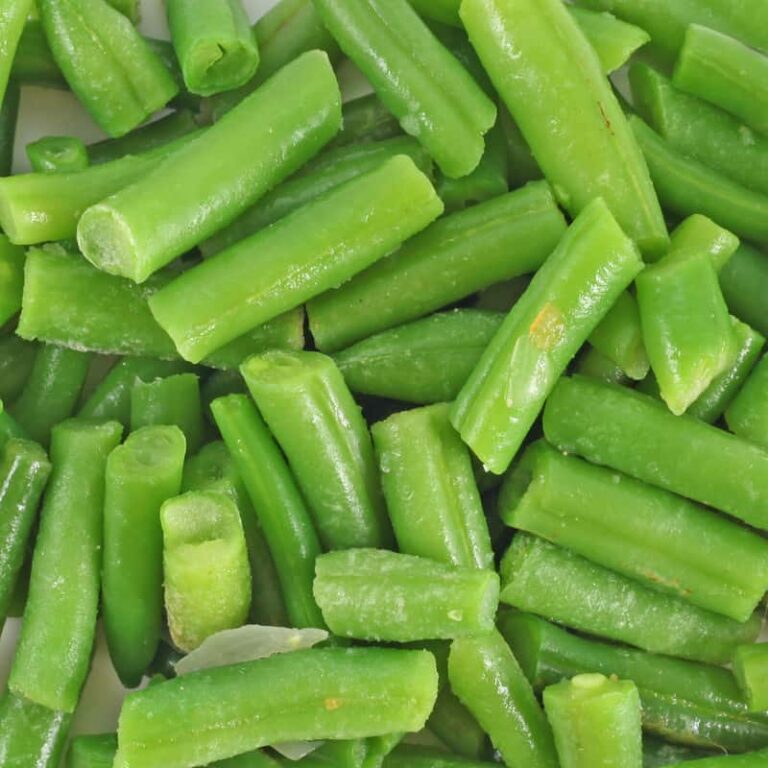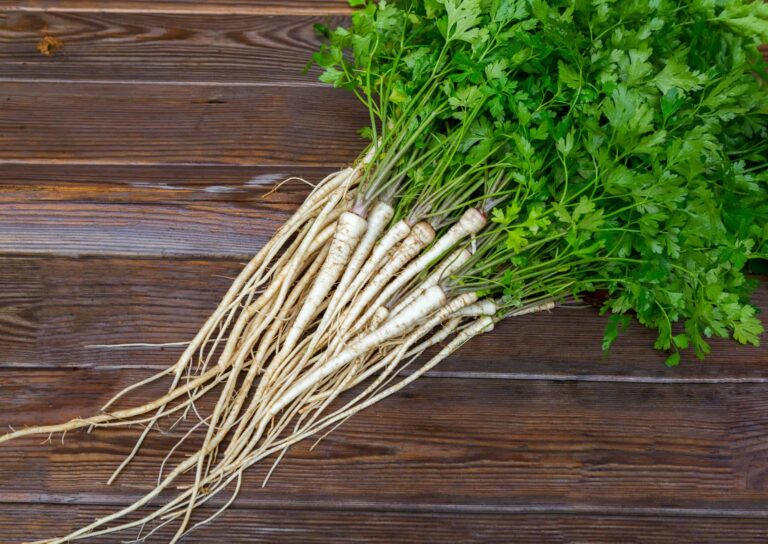How to Make Orange Marmalade
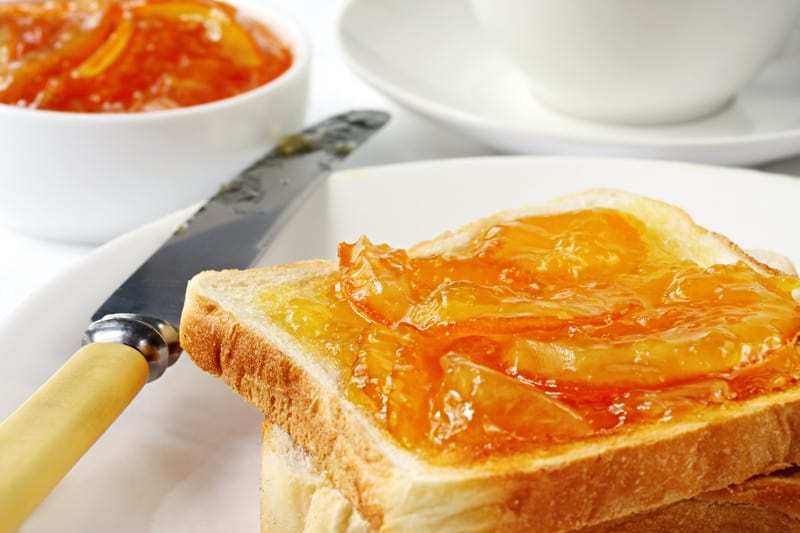
Orange marmalade is the most popular marmalade.
Marmalade is a soft translucent jelly preserve quite simply made from fruit, water, and sugar. Marmalade looks like jam but it contains thin fruit slices or diced fruit suspended in the jelly.
Many say the fine flavor of the Seville orange makes the best marmalade. But you can use other oranges—Kinnow or Wilking mandarin oranges are good choices or bittersweet oranges. Marmalade also can be made from lemons, limes, pears, peaches, apricots, quince, rhubarb, and even tomatoes.
Serve marmalade on warm toast or croissants or spread a thin layer on a slice of pumpkin pie and top with whipped cream.
The season for making orange marmalade is winter through early spring.
Preserves, conserves, jams, and marmalades are made when chunks of fruit are simmered and thickened with sugar and then stored in airtight containers.
The first marmalades were made from quince. The Portuguese word marmelo means quince. The Portuguese word marmelada means quince jam.
The first orange marmalade was made in Scotland in 1790.
Seville oranges are the most popular fruit for making orange marmalade.
Marmalade is delicious with toast.
Orange Marmalade
Yield 3 8oz jars
Here is a recipe to make three 8-ounce jars of orange marmalade. (Cooking in small amount produces a more delicate marmalade.)
Ingredients
- 5 or 6 Seville oranges (about 5 pounds)
- 7½ cups water
- 6¾ cups sugar
Instructions
- Put a small plate in the freezer for testing the marmalade later.
- Wash the fruit. Use a small sharp knife to prepare the fruit. First cut off the stems and then cut the fruit in half lengthwise. Next, slice the halves crosswise into ½-inch-thick half rounds without peeling it. Remove the seeds and cores.
- Now, squeeze the juice from the half rounds into a large, heavy saucepan. Next, trim the fruity pulp from peel and place it in a square of cheese cloth; gather the sides of the cloth to form a bag and tie the neck tightly with string. Tie the bag to the handle of the pan so that it dangles in the citrus juice.
- Trim or scrape off and discard any extra white pith or membrane from the orange peel half rounds. Very thinly slice (cut in julienne strips) enough peel to make ½ cup; add the slivers of peel to the pan with the juice and measured water. Bring the mix to a simmer and gently cook for about 2 hours, until the rinds are very tender and the water is reduced by half. (Test the rinds for softness by pressing a cooled piece with a finger.)
- Lift the cheesecloth bag of fruity pulp from the pan and use a slotted or wooden spoon to squeeze any remaining juice back into the pan. Discard the bag. Stir the sugar into the pan and heat very gently, stirring occasionally until all the sugar has dissolved.
- Bring the mixture to a boil and boil for 10-15 minutes, or until the marmalade registers 220°F. As the marmalade starts to thicken and large bubbles form, start testing the consistency by putting a spoonful on a chilled or frozen plate to cool it quickly. The spoonful of chilled marmalade should form wrinkles on its surface when pushed with your finger.
- Let the marmalade cool for about 15 minutes before canning.
- While the marmalade is cooling, check your canning jars, lids, and ring bands. Make sure the jar rims are not nicked or cracked; discard those that are and also discard any rusted or bend ring bands. Sterilize the jars by placing them in boiling water for 15 minutes then keep them hot until the jelly is poured in. Scald the lids and ring bands. Keep the lids in very hot water until ready to use.
- Stir the marmalade so that the peel does not sink then ladle or pour it into the hot, sterilized jars allowing at least ¼ inch headroom. Wipe the rims with a clean, damp cloth. Place the lids on jars and screw on ring bands as tight as is comfortable. Let the jars cool on a towel; then press the lids with your finger. If they lids stay down they are sealed.
- Label the jars when cool and store in a cool, dark cupboard.
Notes
Marmalade was first made by Mary Queen of Scots physician in 1561 to ease the queen’s seasickness on a voyage. The doctor is said to have remarked, “Marie est malade.” “Mary is sick”—and there you have it. The recipe for marmalade has not changed in 450 years.

Three-day orange marmalade
Ingredients
- 12 oranges
- 6 lemons
- 3 grapefruit
- sugar
Directions
- Wash and slice the fruit as thin as possible, discarding all of the seeds.
- For each quart of fruit and juice, add 2 quarts of cool water and let stand overnight.
- Next day, bring to a boil and cook for 2 hours, then let stand again overnight.
- Next day, measure and add ¾ cup sugar for each cup of fruit and juice and boil until thick (about 2 hours).
Pour into hot sterilized jars, seal with hot wax and protect with jar covers.

